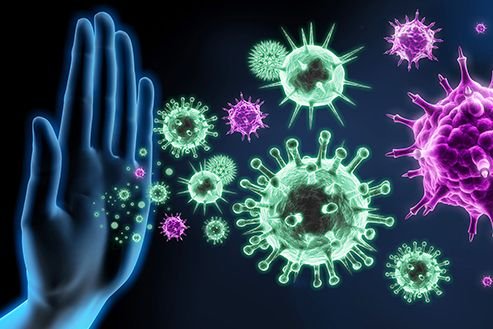Sept. 20, 2022 – The immune system is among the most complex and mysterious in the human body, and it is more versatile than previously understood, report researchers in the emerging field of mechanoimmunology, tracking how our bodies fight illness and how to successfully intervene.
Unlike other systems that rely on organs to operate, the immune system uses millions of different specialized cells to patrol every corner of the body for invaders and dispatch them as needed. It also relies heavily on the microbiome, the bustling communities of bacteria that carry out many of our essential functions even though they aren’t actually our own body cells.
Scientists are learning more and more every day about how the immune system works, and now, researchers at the Buck Institute for Research on Aging in Novato, CA, have begun discovering how physical – rather than just chemical – forces in the cellular environment also play a vital role in immune functions.
Mechanical activity has already been seen as playing a role in other body systems, particularly the cardiovascular and skeletal systems. Buildup in arteries of the heart can lessen blood flow, too much pressure on bone can prompt stress fractures, and pressure on tissue can cause scarring.
The idea that physical properties, rather than just chemical reactions, have a significant impact on immune function is a new idea that’s only just beginning to get attention. Dan Winer, MD, an associate professor at the Buck Institute, discovered in his study of obesity that increases in fat tissue activate fibrosis – thickened scar tissue – which then triggers surrounding cells to go on alert for potential threats to the body and respond to chronic disease.
Now, his lab is expanding its focus on mechanoimmunology to discover how physical forces impact autoimmunity, the increase or decrease of inflammation and healing forces after tissue injury.
Expanding scientists’ understanding of those forces will open the door to new therapies for treating disease – approaches that rely on changing the physical microenvironment of tissue rather than delivering drugs to induce chemical reactions. For example, cirrhosis, a scarring of the liver, involves tissue far stiffer than surrounding healthy liver tissue. If researchers can develop a treatment that reduces that stiffness, nearby immune cells may crank down their inflammatory response in the liver, which could have a positive impact on fatty liver disease. Other applications of this concept might address how therapeutics respond to infections or help speed up healing






